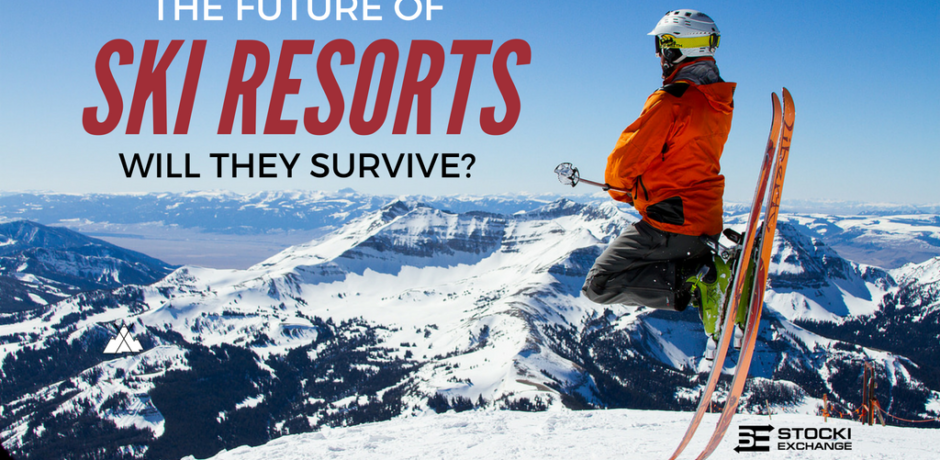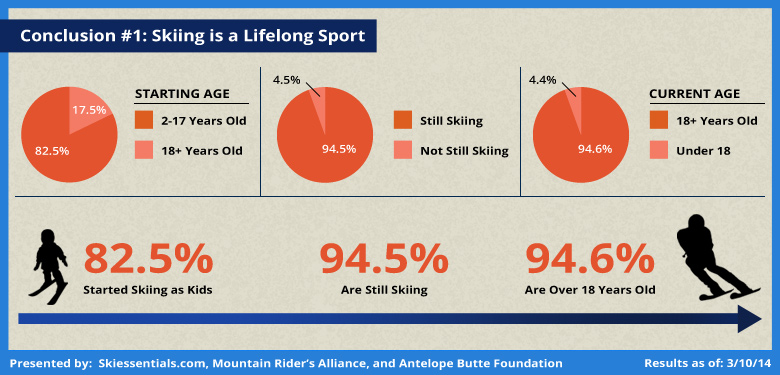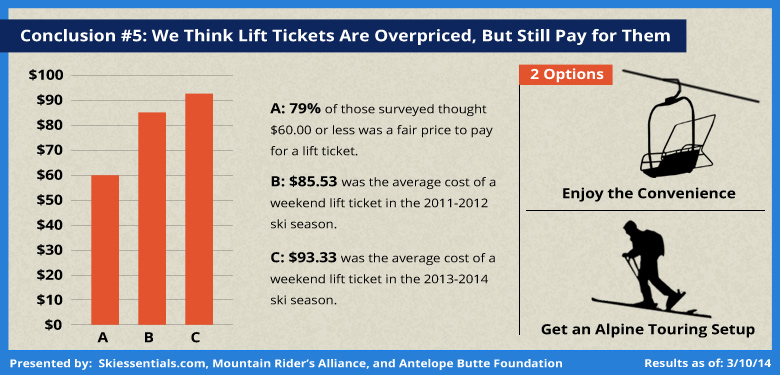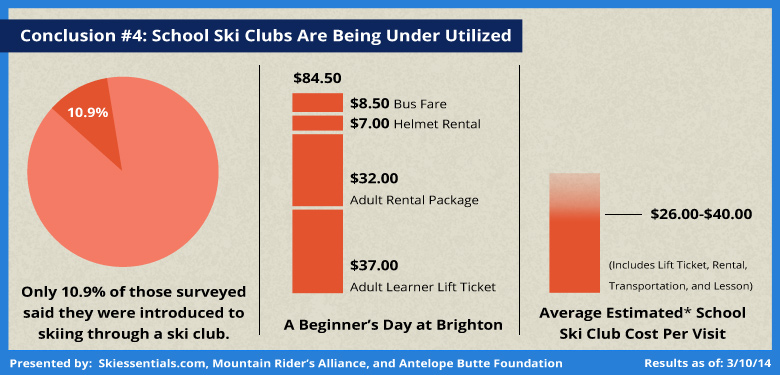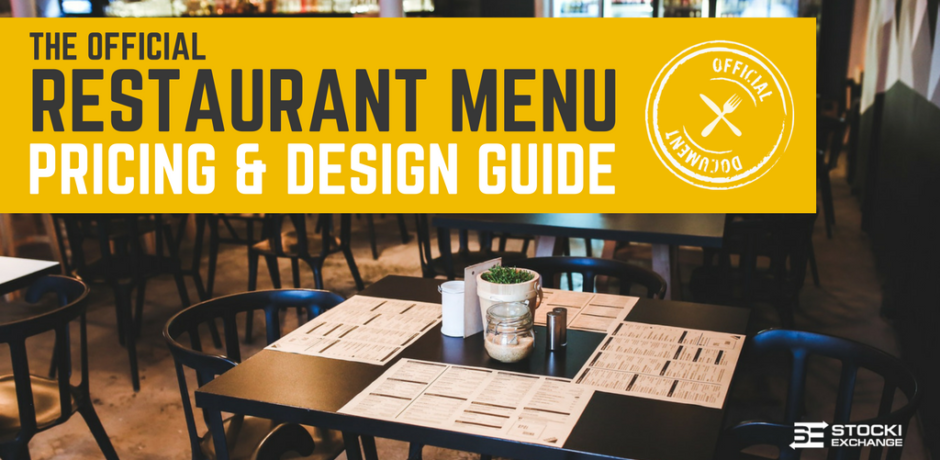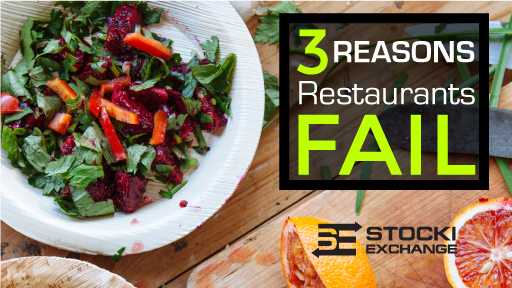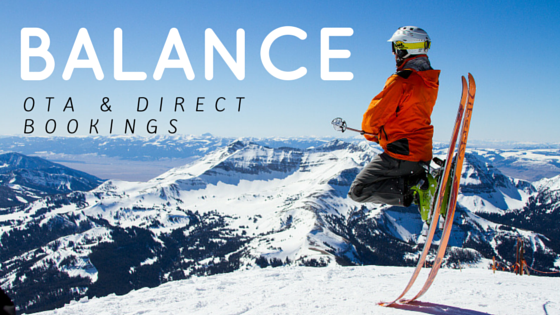Category: Strategy
Over the past decade and a half, regional ski resort visits throughout the U.S. have been largely stagnant or in decline. Per Snowsports Industries America 2015 Fact Sheet, nationwide visits peaked at 60.5 million in the 2007/08 season and dropped to an almost 15 year low of 52.8 million in the 2015/16 season. Why is this and what does the industry need to do to remain viable long-term?
Lack of Early Adoption
First and foremost, early adoption is key in determining whether or not a consumer will EVER get involved. In a 2014 Ski Essentials survey, almost 32% of people started on the mountain between the ages of 2-5 and a whopping 82.5% began before the age of 18. Of those that started before the age of 18, 94.5% are still skiing.
Sadly, even high retention among those that get started early may not be enough to save snowsports long term. In the late 70’s there were roughly 735 resorts in the US. By the 2013 season, that number was down to 470, says Unofficial Alpine. That means the nearest ski hill is getting further and further away from the average family, making it even more of a hassle to get involved for those who are interested.
Exorbitant Costs
Above and beyond issues around interest and access, the increasing cost of participation has also put a damper on consumer behavior. In the 2013/14 season, the average weekend lift-ticket price was $93.33 per Ski Essentials. Factor in equipment rentals and food and you’re talking about well over a $150 day…per person! Now you may be thinking, “yeah, but those are Colorado prices,” and you would be correct. But cutting the number in half for smaller local hills still makes a day trip for a family of four roughly $300. Numbers like these are a still a significant investment for many families and a tall barrier to entry for new consumers interested in giving the sport a try. To take it a step further, look at what it would cost to BUY all new equipment for a family of four. Not to mention having to replace equipment for growing kids around every two seasons. The total costs skyrocket.
Solutions
First and foremost, ski resorts must work to build relationships with local schools if they want to help groom the next generation of lifetime skiers. Roughly 11% of those surveyed by Ski Essentials said they were introduced to skiing through a ski club. Beyond that, the average estimated ski club trip costs between $26-$40 unlike the typical family trips mentioned above. That means there are swaths of youngsters out there with the potential to get into skiing while young and at an affordable rate. I call that untapped potential.
Furthermore, those small and medium “beginner” resorts need to rethink the overall costs of a day of skiing. Discounted lift tickets are helpful, but the price of equipment rentals and food often make a seemingly affordable day anything but.
Second, everything possible must be done to keep small local ski hills open. They are key to ushering new skiers into the fold. So much so, that over 60% of skiers surveyed say they learned on local hills with less than 1600 feet of elevation. And once they’re involved, they tend to stay involved for life. Many of these ski hills are community funded and/or non-profits. If you’re passionate about snowsports, make sure you advocate for continued funding for these type of local ski hills and help with fundraising efforts to keep them alive.
Industry consolidation will play a key role here as well. If large players like Vail Resorts continue to purchase and invest in small properties (like they did recently with Wisconsin’s Wilmot Mountain) there may be hope for the little guy. Investments in diversifying entertainment options at these properties creates viability by bringing in much-needed non-skiing revenue. However, this type of consolidation can also lead to price increases, which could ultimately be detrimental to the industry as a whole, as research shows that cost of entry is a large barrier to new consumers.
Finally, the industry must embrace dynamic pricing as quickly as possible. This means taking everything from the weather to on-premise hotel inventory into account when setting prices vs. working with a dated static pricing structure. It means offering discounts for those who purchase lift tickets in advance, raising prices as the date approaches, and potentially cutting them drastically on days with low turnout or poor weather forecasts. While this sounds complicated, companies like Liftopia have been helping resorts implement this model for the past decade. Mammoth Mountain Ski Area told Bloomberg that it increased its advance sales by 15% the first season it implemented the model.
Only time will tell if the industry is going to respond appropriately. Will the major players in Colorado put today’s profits ahead of nurturing tomorrow’s customers?
Do you work at a ski resort and have an opinion you would like to share? Leave a comment below or email me at john@stockiexchange.com.
Your menu is one of the most effective tools you have at your disposal when it comes to running a successful and sustainable restaurant. Pricing issues, confusing layouts, and menus with too many (or too few) items can lead to frustration for your guests as soon as they sit down. Any of these issues can wreak havoc on your ability to create market-leading check averages. Below I’ve included a few menu pricing & design tips and tricks that I’ve accumulated over the years.
Eliminate Ambiguity
Have a clear pricing separation between appetizers and main courses. Guests make significant assumptions about your dishes based on price alone. If all of your appetizers are $12-$16 and your mains are $12-20, re-think where your dishes fit. You have to strike a balance between price and portion.
Pro-tip: Examine your appetizer offerings closely. Include some to enjoy individually as well as some that are meant to share. Make sure you note which are which. This make ordering much easier for groups.
Highlight the Details
These days, it seems like everyone has a food allergy or some kind of intolerance to something. Well, everyone likes to act like they do anyways. Go out of your way to mark dishes that cater to specific dietary restrictions (vegetarian, vegan, gluten-free, etc.). This helps direct guests towards dishes that fit their diet without staff involvement.
Pro-tip: You can have fun with this. While dietary restrictions and spice-level are no-brainers, things like the region a dish is from, portion-size,and protein type could all be noted using creative indicators as well.
Form vs. Function
Have you ever sat down at a restaurant with menus the size of a road map? You were probably as annoyed as I was the last time it happened to me. Unique and beautiful menus are great, but they can’t be so unruly that place settings need to be moved just to set them on the table. At that point, they’re taking away from the experience instead of adding to it.
Focus on Photography
Frankly, photography isn’t a fit for every every menu. But, it goes without saying that if you’re going to do it, do it right! Invest in a professional photographer and utilize the images wisely. If you have a unique dish, focus on it. Sometimes a written description just can’t do it justice.
Pro-tip: Be sure to include photos of appetizers and desserts. People eat with their eyes and it’s a lot more difficult for guests to overlook those money makers when they see how delicious they look.
Looking for a great food photographer? Check out Green Frog Photo!
Separate Dessert Menus
Give your kitchen the ability to offer unique treats by pulling dessert off of your regular menu. This makes it easier to update on the fly. Doing this also gives your service staff additional opportunities for suggestive selling.
Pro-tip: The dessert tray is a thing of the past. They’re too hard to maintain and can do more harm than good. Avoid them!
Don’t Forget the Kiddos
Like photography, kids menus aren’t for every establishment. But if you’re going to have one, do it right. Make them as interactive as possible. Anything you can do to help parents keep their children occupied makes their experience better…not to mention the experience of the diners around them.
Pro-tip: Crayons are great. Paper tablecloths and crayons are better if they fit into your restaurant theme!
Wrap Up
In general, restaurants need to have the less is more policy going forward. Having fewer items that you knock out of the park allows you to deliver a fresher, more consistent product day in and day out. That allows you to keep your food costs and prep time down and makes menu analysis much, much easier. Proper use of your digital POS allows you to see what sells, when it sells, and how much of it you sell so you can optimize your menu over time. This is how you figure out what people like, what’s most profitable for you, and what’s costing you money.
I would love to get your feedback on menus you’ve either loved or hated. Reach out to me at John@StockiExchange.com.
Are you sick of paying Online Travel Agents (OTAs) upwards of 25% for making reservations at your hotel? Looking for ways to drive more direct bookings online? Here are 3 ways your hotel can better compete against OTAs to drive more revenue through direct bookings.
(more…)
It’s no secret that roughly 60% of restaurants fail within their first three years. The number one reason? A lack of revenue. The number one way to address it? By increasing the average check. Below you’ll find 3 simple ways to do just that. Take these to the bank!
(more…)
Here’s a scenario.
You’ve thought about opening restaurants for some time now. You heard one just closed down and there is a super cheap lease available. Realtor tells you that it won’t last long as it’s a super high traffic area. It even includes all their kitchen equipment and dining room setup. BOOM. Cash in that 401k early and sign on the dotted line. You’re now a restaurant owner. But now what? (more…)
There are obvious benefits of Online Travel Agents (OTA) to help your fill your hotel rooms, but they also charge a pretty penny (up to 25% commission) to do that for you. (more…)







